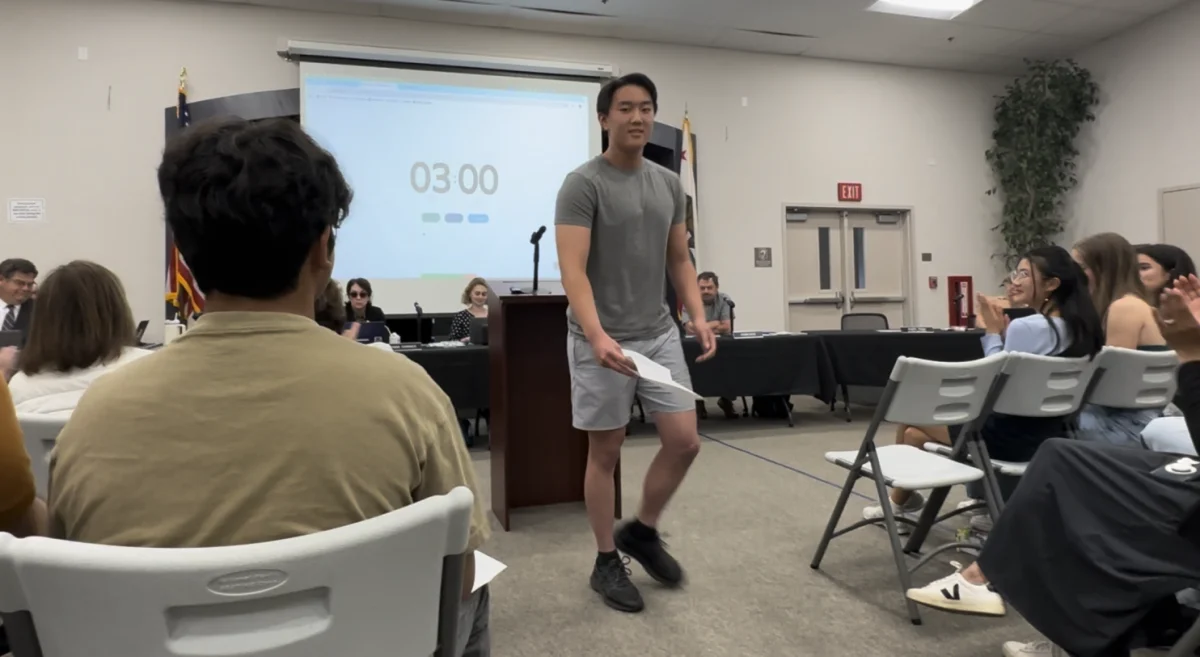While student grievances are numerous and diverse, ranging from overwhelming workload to incessant stress, one complaint is universal throughout all disciplines: “Why do we need to know this?” The current curriculum often provides material not applicable to particular students. The inherent value of statistics is that the subject matter applies to every student and teaches increasingly valuable skills in a data-driven world.
Most people categorize statistics as a mathematics class, but the reality is that statistics extends beyond the mathematical relationships which govern its rules. Statistics is about understanding numbers, trusting those which are reliable and discarding those which mislead.
“I think the biggest value in [learning statistics] is to be able to determine what is true and what is not true,” Statistics teacher Lily Xu said. “To be able to statistically think where a statistic comes from and whether you should believe it [is valuable].”
We increasingly see statistics permeate our lives, and being able to ask the right mathematical questions is an incredibly important skill. From news articles to accounting reports to scientific journals, statistics is becoming an integral part of every career. As such, learning how to intelligently consume statistics is vital.
“You need to be able to look at a statistic and go, ‘I can trust what they are reporting, or I cannot,’” AP Statistics teacher Carol Evans said. “I don’t want people to reject every statistic they look at, there is some really good stuff out there, but there are also some bad stats out there. Education is understanding the difference.”
While understanding statistics is a skill not limited to any department, the course itself is technically classified as a mathematics course.
“It should be your fourth year of math,” Evans said. “My opinion is that if you are going to take four years of math, one of them should be statistics. We should allow students to take two math classes simultaneously if they choose. I think that the administration should not discourage that extra year of math.”
Consuming statistics intelligently should not be limited to STEM-oriented students, either. While the AP Statistics class does involve fairly advanced mathematics, the newly formed college prepatory statistics course is geared towards students who want to learn how to consume statistics without learning how to calculate or develop statistics of their own.
The dilemma of statistics is that while we consume numbers in a variety of forms all the time, we often don’t realize how helpful a better understanding of statistics can be. The ability to recognize statistical errors and question numbers by asking the right questions is critical to better understanding data and news in the ways we currently use them. Beyond the actual study of statistics, the course also teaches how to think analytically and thoughtfully explain answers. These skills further increase the practical value of both AP and regular statistics.
“To be a good consumer of statistics, you need to know the right mathematical questions to ask, as opposed to being able to actually calculate the numbers,” Evans said. “You need to be able to look at a statistic and go, ‘I know what their sampling procedure was, I know what they did. Therefore, I can trust what they are reporting.’”
As students, we are exposed to massive amounts of material, much of which we will not retain or use in our future lives. Courses like statistics are so valuable to students of all interests because they combine relevant, visibly applicable learning with skills which benefit students irrespective of their future paths.
“Statistics are ubiquitous, they are everywhere,” Evans said. “When the high school curriculum was set up, they were not [ubiquitous]. I’m trying to teach that when you read a statistic, do you know the right questions to ask? Does that make it valid, or invalid, both of which are helpful to know. Statistics is like learning to read now.”








